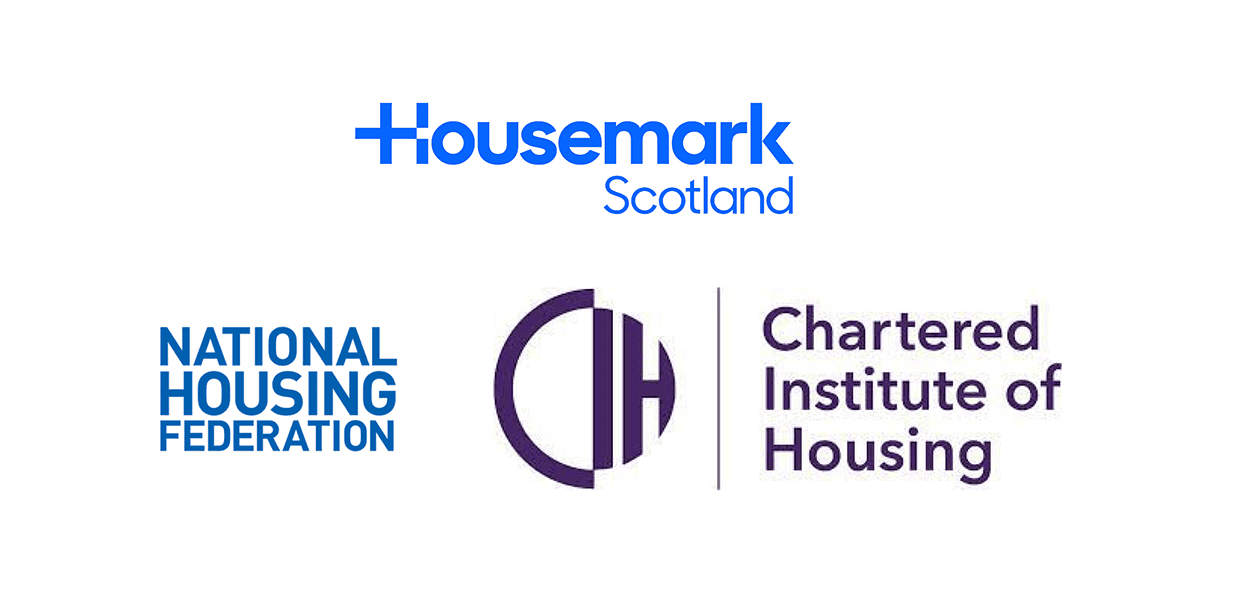Using a Personal Safety Service to Protect Against Medical Emergencies
By Peoplesafe
When considering personal safety, we often focus on physical threats, but safeguarding our health is equally important. Medical emergencies can strike at any moment, catching us off guard and potentially leading to severe consequences. For housing employees who often work alone or in the field this risk is particularly high.
For those suffering from ongoing medical conditions, working alone, ‘in the field’ or at home, can be daunting as there may be no one around to help if they become ill. The risk is also high for employers who fail to protect these employees. Just last year Morrisons was fined £3.5 million for neglecting safety responsibilities towards an employee with epilepsy who suffered fatal injuries due to a seizure, highlighting the critical need for employers to ensure immediate assistance in emergencies.
Implementing a personal safety service can significantly enhance the protection of these employees against medical emergencies. Here’s how leveraging a personal safety service can make a difference.
Two-Way Communication
In the event of a medical emergency, the person suffering may be unable to reach their phone or call for help. With a personal safety service, they can raise an alarm at the touch of a button, which can be worn on a belt, as a pendant or on a watch to ensure it’s always accessible. This opens a two-way communication channel, allowing them to speak directly to an expertly trained Alarm Controller who can provide reassurance, and inform managers, colleagues and the emergency services.
GPS Positioning
Most personal safety technology utilises GPS positioning, allowing precise location accuracy. This means emergency services can be dispatched confidently, minimising response times and ensuring that help reaches employees wherever they are. This is particularly beneficial for housing staff who frequently work in different locations, as it eliminates the uncertainty of not knowing their whereabouts.
Record Existing Health Information
Personal safety tech allows users to create a profile containing crucial information such as their job role, known risks, and existing medical conditions. When an alarm is raised, Alarm Controllers can access this, providing essential background information to emergency services. This is invaluable in life-threatening situations, where immediate, accurate information can save time and enhance the precision of treatment, significantly improving the outcome for the individual in distress. This feature is crucial for employees, whose varied working conditions might expose them to increased risks.
Fall Detection Technology
Falls are a common cause or outcome of medical emergencies. Personal safety services equipped with fall detection technology can automatically detect a slip, trip, or fall and raise an alarm. This ensures that help is on the way without the user having to manually raise an alarm, which is crucial for housing employees working alone.
Case Study: Heart Attack
In a recent example, a Peoplesafe user experienced a heart attack while on the job. Unable to reach his phone, he activated his alarm. The Alarm Controller contacted emergency services and relayed the worker’s location and medical history, which allowed this call to be prioritised and the ambulance attended immidiately. The Controller stayed on the line, providing reassurance until paramedics arrived minutes later, ensuring the worker received timely medical assistance. It transpired that the user was experiencing a heart attack and should this help have been delayed, they may not have survived.
For more guidance on protecting your employees against medical emergencies, get in touch.
Peoplesafe are an awarded supplier on our Lone Worker Framework, learn more here.




